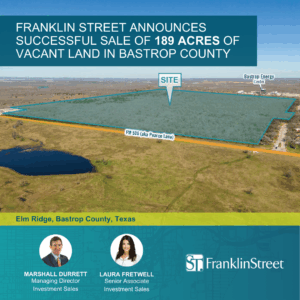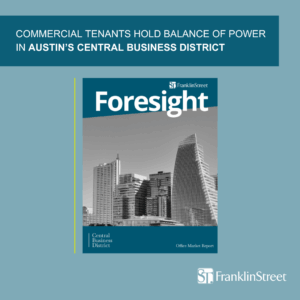Wetlands are a topic we deal with often in Florida. The term “wetland” can mean different things to different people. The Florida Department of Environmental Protection offers a helpful definition that addresses the legal and technical characteristics.
“Florida Wetlands are defined as: those areas that are inundated or saturated by surface water or ground water at a frequency and a duration sufficient to support, and under normal circumstances do support, a prevalence of vegetation typically adapted for life in saturated soils. Soils present in wetlands generally are classified as hydric, alluvial or possess characteristics that are associated with reducing soil conditions.
The prevalent vegetation in wetlands generally consists of facultative or obligate hydrophytic macrophytes that are typically adapted to areas having soil conditions described above. These species, due to morphological, physiological, or reproductive adaptations, have the ability to grow, reproduce or persist in aquatic environments or anaerobic soil conditions. Florida wetlands generally include swamps, marshes, bayheads, bogs, cypress domes and strands, sloughs, wet prairies, riverine swamps and marshes, hydric seepage slopes, tidal marshes, mangrove swamps and other similar areas. Florida wetlands generally do not include longleaf or slash pine flatwoods with an understory dominated by saw palmetto.” For more details, see Florida Rule 62-340 F.A.C.
Source: Florida Department of Environmental Protection
Call Franklin Street with your commercial real estate questions, Laurence Kahn, 407.756.8861 or [email protected].



